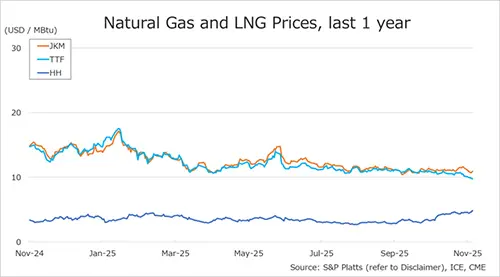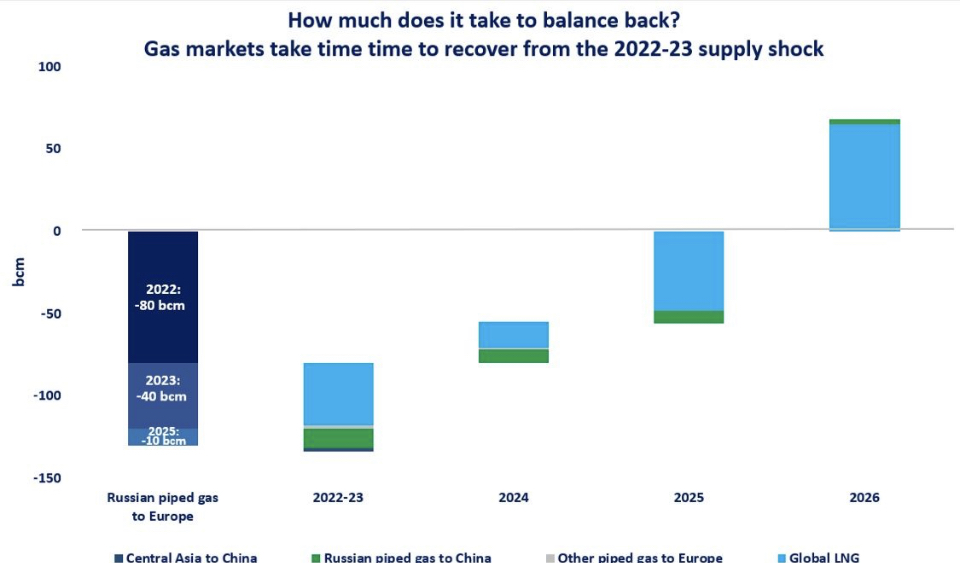

Global LNG supply is set to expand by almost 50% (or 250 bcm/y) by 2030, driven by Qatar and the US. but will it find a home?
With European gas demand entering into structural decline and Japan firing back its nuclear power plants, all eyes turn on China, India and other fast growing Asian markets.
To put things into perspective: all the new LNG supply by 2030 accounts for less than 10% of Asia’s current coal consumption, a drop in the ocean, with plenty place for coal-to-gas switching.
Whether all this new LNG will find a home will depend on a number of factors:
(1) The pace of renewables expansion: the continued deployment of renewables could cap the long-term prospects for gas demand in Asia, although a lot will depend on how overall energy demand evolves;
(2) Infrastructure build-up: fast-growing Asian markets will need to invest in import and midstream infrastructure to accommodate incremental LNG supplies and allow gas demand grow. this will require billion USD investments in the coming years;
(3) Russia-China’s pipeline politics: the proposed Power of Siberia-2 pipeline system (50 bcm/y) would drastically shift China’s long-term appetite for LNG and hence the global balance. negotiations lasted for more than 15 years… with no results so far.
Source: Greg Molnar



